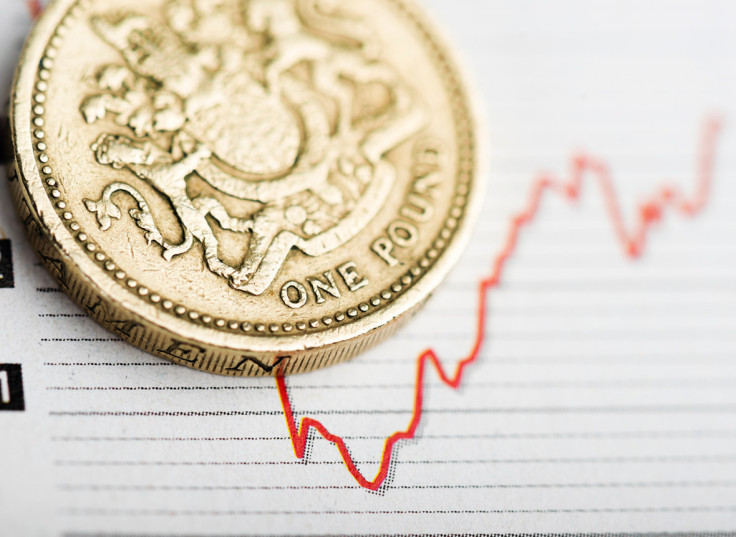FX Focus: Pound hits month-high against the euro after unemployment boost
UK unemployment rate remains steady at record-low 4.7%, driving pound to highest level since February.

The pound hits highest level against the euro in over a month on Wednesday (12 April), after data from the Office for National Statistics (ONS) showed Britain's unemployment rate remained at a record low in February.
Sterling hit €1.1790 earlier in the session, a level it had not reached since February, before retreating marginally to trade at €1.1788 by early afternoon. The UK currency, meanwhile, was broadly flat against the dollar, fetching $1.2499, after enjoying a steady recovery against the greenback over the last couple of days.
"The pound/dollar exchange rate has staged a sharp rebound, with prices breaking above $1.2500 on the back of dollar weakness," said FXTM research analyst Lukman Otunuga.
"The currency pair still remains in a wide range on the daily timeframe, with weakness back below $1.2450 opening a path towards 1.2370. In an alternative scenario, a decisive breakout above $1.2550 will signal an official breakout with bulls targeting $1.2650."
According to the ONS, the unemployment rate in the quarter through to February stood at 4.7%, the joint-lowest level on record since 1975 and was unchanged from that recorded in the three months to the end of January.
However, basic salaries excluding bonuses grew 2.2% in the three months to February. While that was slightly higher than the 2.1% analysts expected, it was lower than the 2.3% recorded in the previous quarter and the worst performance in seven months.
More importantly, the figure means real wages are now falling behind inflation.
"The better than expected print saw sterling rise moderately against the dollar and euro, however the outlook is far from rosy for the rest of the year," said Jake Trask, FX research director at OFX.
"Inflation is expected to push towards 3% over the next few months as sterling's huge depreciation since the Brexit vote begins to be felt in full. It is very unlikely wages will be able to keep pace, leading to a squeeze in the spending power of UK shoppers".
Meanwhile, on the other side of the Pond, the dollar was broadly unchanged against the majority of its rivals, with the exception of the Australian dollar, against which it gained 0.27% to AUD$1.3362.
On Tuesday, San Francisco Federal Reserve President John Williams stated that three to four interest rates increases would be appropriate for 2017 as a whole and that policy normalisation should continue next year.
The news, however, failed to inspire the dollar, which was unable to gain any traction with some concerns surrounding the US current account deficit.
© Copyright IBTimes 2025. All rights reserved.






















